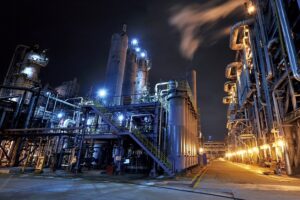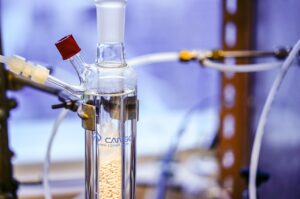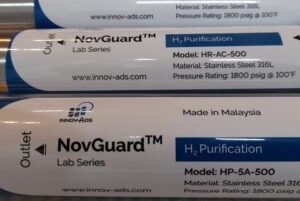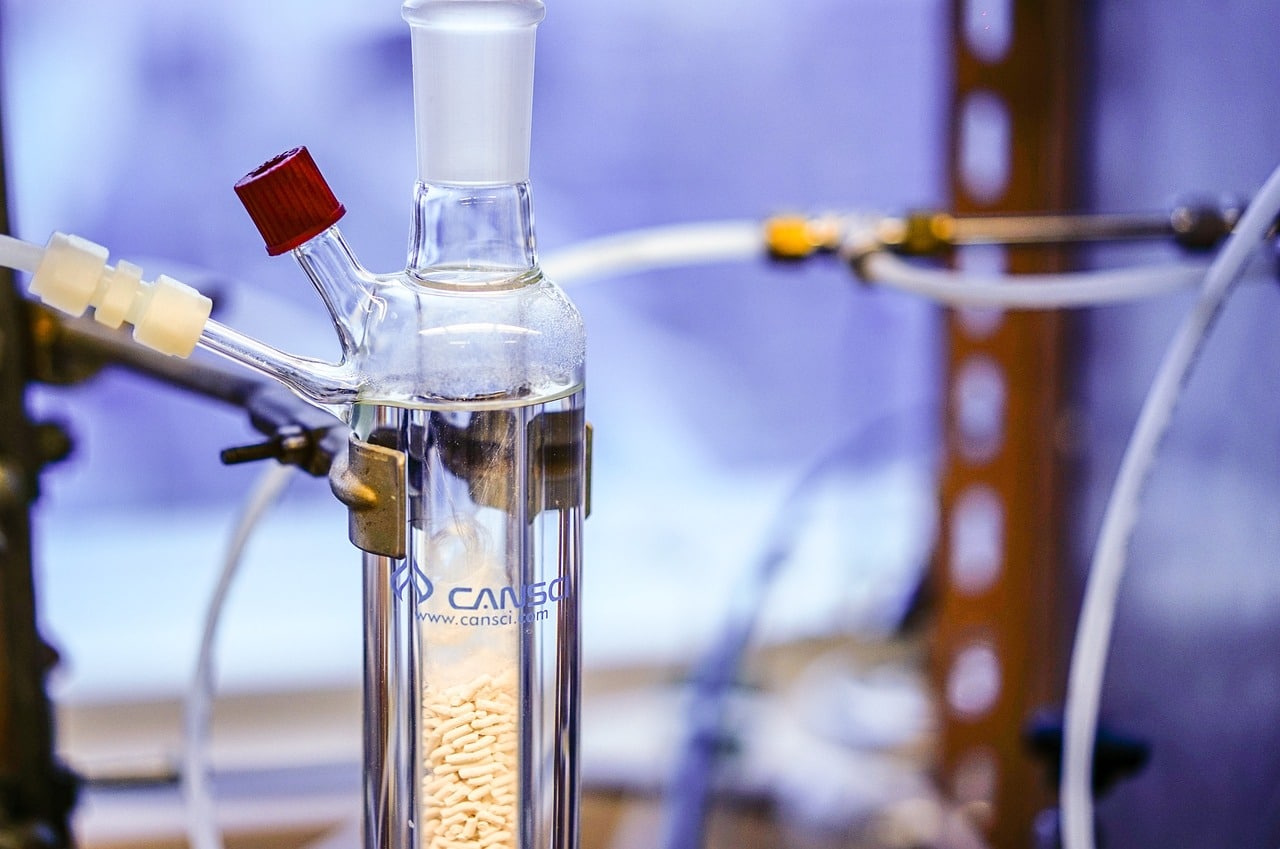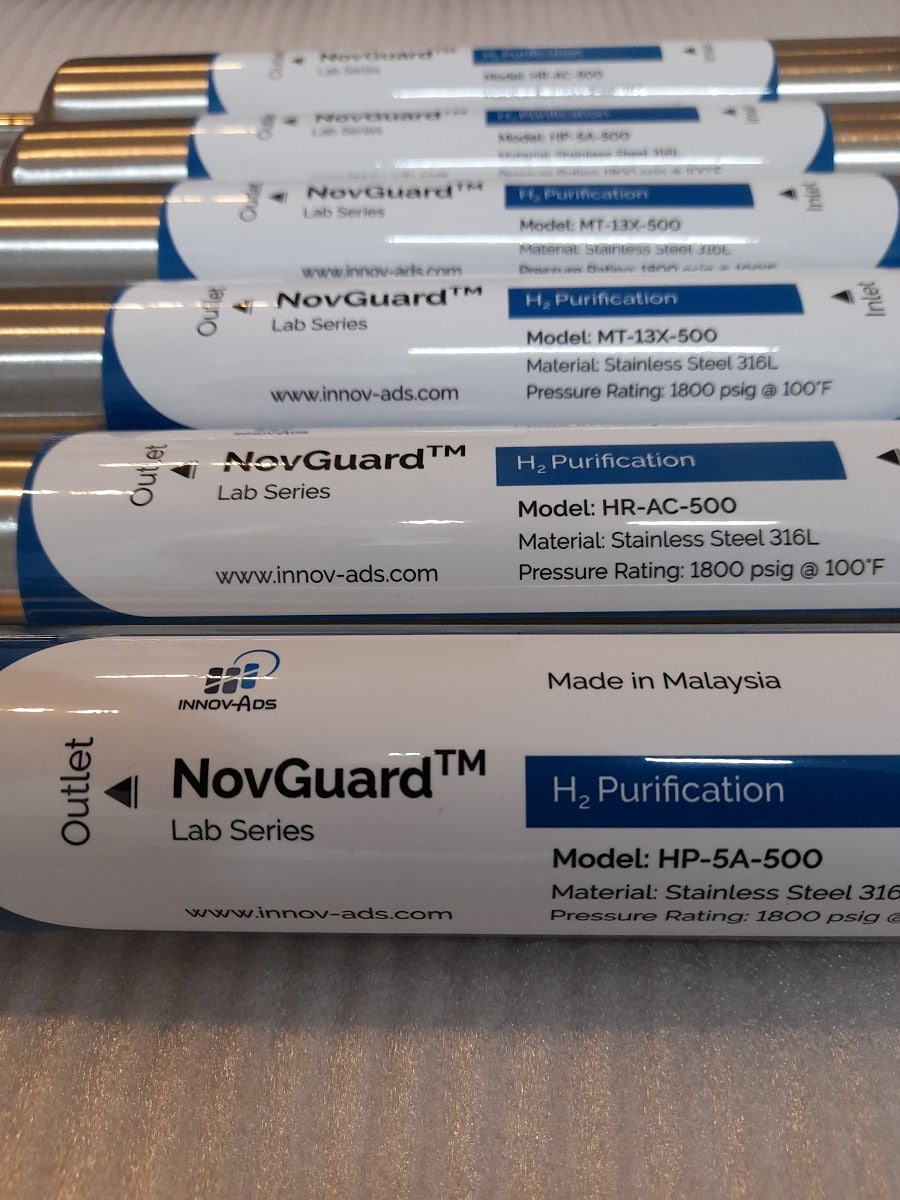Markets
Environment
Water treatment
Adsorbents used for wastewater treatment have gained increasing attention over the last few decades. Organic and inorganic contaminants from either natural or anthropogenic sources are common pollutants found in wastewater.
Several classes of adsorbents are developed to purify water from these contaminants. For instance recent research studies focused on the use of activated carbons, zeolites but also sorbents based on industrial wastes to remove traces heavy metals from wastewater.

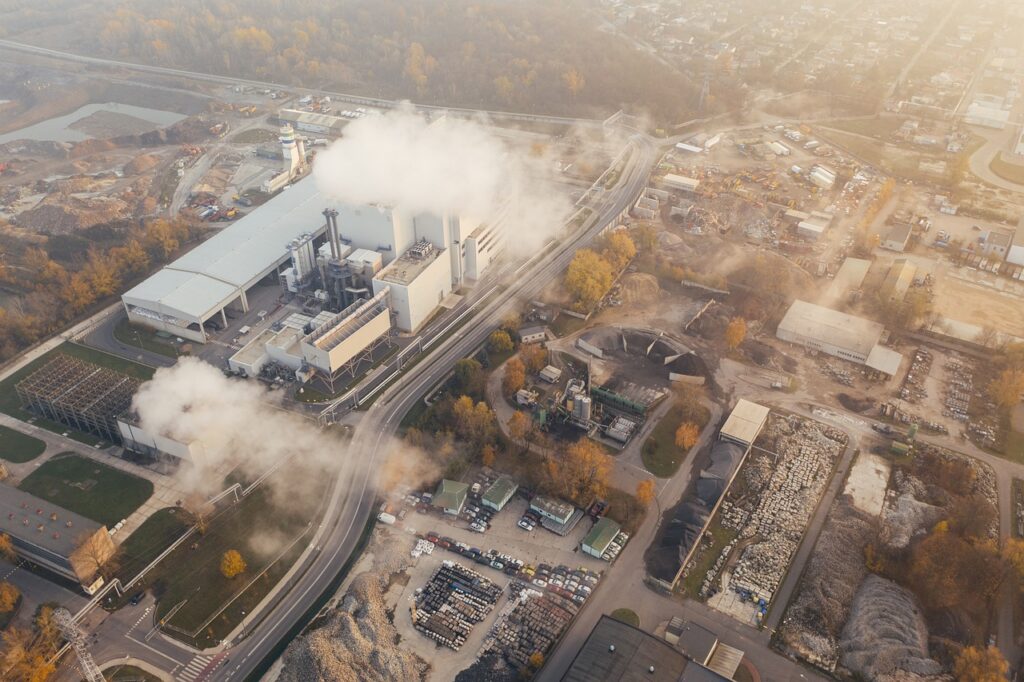
Carbon capture
The control of CO2 emissions to the atmosphere has become a worldwide issue over the last few years as a direct correlation between greenhouse gas emissions and climate change is now commonly accepted. The most dominant source of CO2 has been inarguably pinpointed to be due to ever-growing industry activities in the last century, particularly from the use of fossil fuels. For instance, one important source of carbon dioxide emissions comes from coal-fired power stations. Carbon Capture and Storage (CCS) technology is one of the solutions considered on a short-term schedule. Numerous technologies have been probed for CCS over the last decades, for example, amine scrubbing, membrane diffusion, and cryogenic distillation.
Adsorption based processes are playing an ever-increasing role in this process as novel adsorbents like Metal Organic Framework (MOF) or hybrid adsorbents combining the advantages of both absorption and adsorption are developed to release a new generation of materials able to mitigate CO2 emissions at a larger scale.

We are an independent company providing services and products for adsorption processes
Useful links
Contact
- +60-3-6243-3013
- F-2-10, Pusat Komersial Jalan Kuching, No.115 Jalan Kepayang Off Jalan Kuching, 51200 Kuala Lumpur, Malaysia
- info@innov-ads.com
- linkedIn.com/company/innov-ads

